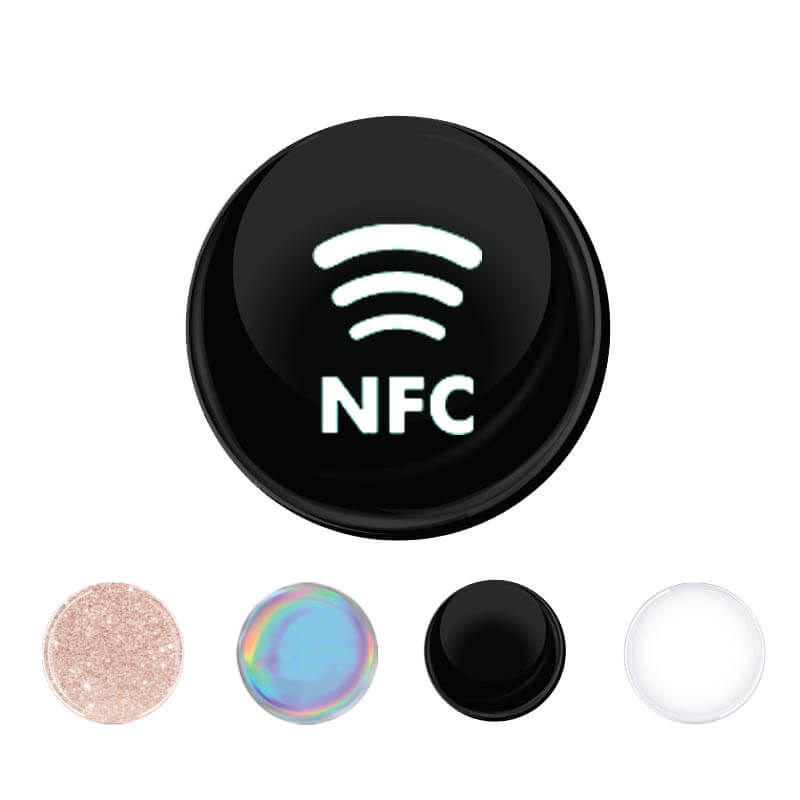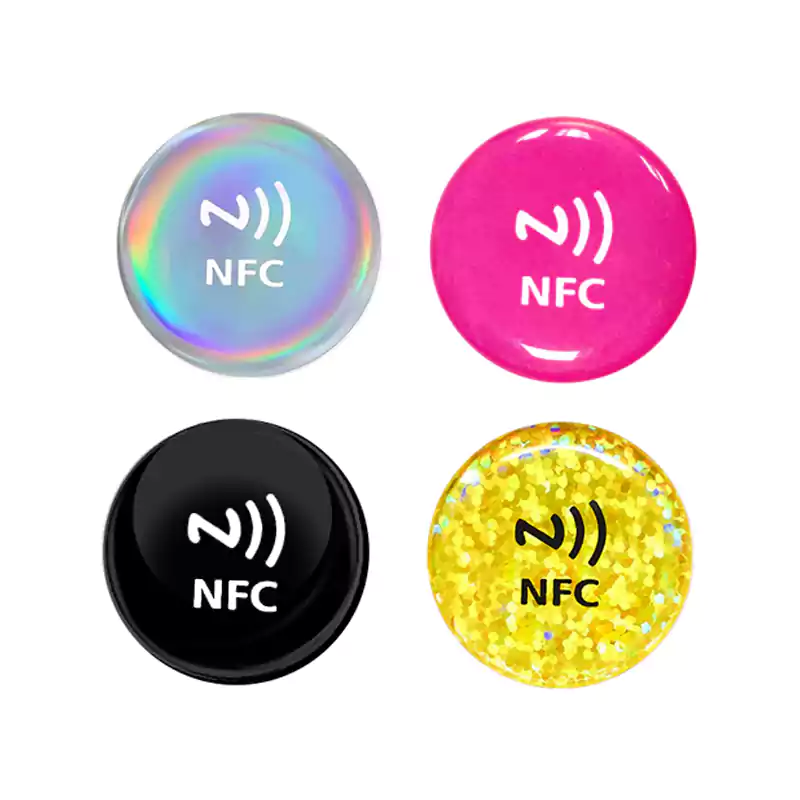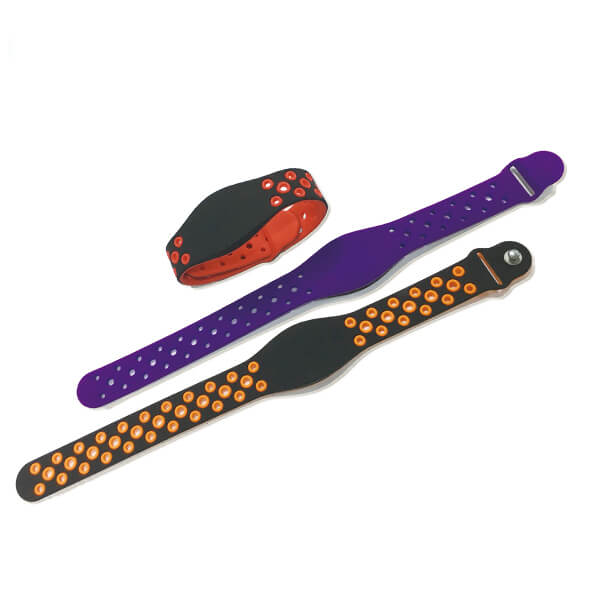Introduction
The Healthcare sector has incorporated technology to improve service delivery to patients. The use of RFID technology to track things in hospitals has significantly led to better service provision.
RFID technology has many healthcare applications. This diversity makes it one of the most influential and dynamic tools for any hospital.
You can use it to track patients, surgical tools, and laundry, among many other uses. This article lists 7 of the most common RFID applications in hospitals. Read on.
7 Applications of RFID Technology in Hospitals
1.Inventory Management in Medicine and Pharmaceutical Department
Hospitals stock large volumes of medicines to cater to different medical conditions. As such, tracking can be a hassle, especially when a hospital has lots of liquid medication.
Using manual count and barcode techniques takes time and may lead to inventory errors. This challenge has driven creativity in the tracking sector. A lot of manufacturers are designing RFID tags that can simplify the tracking process.
While RFID technology offers an ideal tracking solution, most of the tags will not work optimally with liquid products. This limitation presents another significant challenge in the pharmaceutical industry.
Fortunately, RFID tag manufacturers are developing unique tags that can work well with liquid products. As such, you should ensure that you only select a customized RFID that will help you track all the products regardless of their state.
Liquid-compatible RFID tags offer the following benefits:
- Improves the accuracy of pharmaceutical data
- Eliminates delays in procurement, which would otherwise lead to treatment inefficiencies
- Constant data capturing through fixed RFID readers guarantee real-time monitoring of stocks
- Reduces the time required for inventory management and saves on cost
Additionally, RFID tags help hospitals and pharmaceutical manufacturers to authenticate their products and eliminate counterfeits in the market.
To achieve this, manufacturers will place an RFID tag on the original medicine bottle/box and encrypt it with specific authentication information.
As such, the hospital staff will just use an RFID reader to determine the product’s authenticity. In some instances, manufacturers are using tamper-proof RFID labels.
2.Patient and Staff Tracking
Hospitals require a high-level security system to ensure that their patients and staff are safe all the time. There is a need to introduce a highly efficient tracking system to give accurate details in real-time.
Most hospitals are currently using passive and active RFID tags to manage their patients’ and staff’s whereabouts. Using these tags offer numerous benefits to the hospitals, including:
- Ease of verifying patient’s information
- Guaranteed safety of patients since their locations can be determined in real-time
- Reduces wait times and other bottlenecks in service delivery
Use of RFID Tags in Patient and Staff Management
Passive RFID tags are primarily used in verifying and managing patients’ records. Most hospitals prefer to use a wristband due to their reduced chances of loss.
The wristband contains an RFID tag with all the patient’s data. It will keep all the specific patient records, which complements the doctors/nurses’ notes.
This way, it will be impossible for nurses to accidentally switch the patient’s files, which would lead to wrong treatment and possible death.
Use of Active RFID Tags in Patients and Staff Management
Active RFID tags are used in hospitals to monitor the movement of patients and staff. Recently, there has been a rapid uptake of Real-Time Location RFID Systems (RTLS) to identify hiccups in the workflow. This technology ensures that patients get the right care timely.
In this case, both patients and staff will have badges engrained with an RFID chip. The tags will help in monitoring the time that the patients take in any given office. The systems will identify delays, thus allowing the management to resolve the problems in real-time.
Additionally, the RTLS system is instrumental in tracking newborn babies. This technique helps in minimizing child theft and ensuring optimum medical care.
To achieve this, doctors place an RFID RTLS tag on the legs of all newborns. Whenever the child approaches the door, an alarm will sound, and the door will lock immediately. Also, taking off the tag from the child’s leg will result in an alarm indicating the child’s location.
3.Monitoring Sterilization of Surgical Tools
Surgical tools should always be clean and sterile to prevent infections that can degenerate into sepsis. There is a need to ensure that all tools are cleaned, disinfected, and sterilized in time.
Some of the tools that should be readily available for surgical operations include scissors, scalpels, retractors, and clamps. Once used, these tools carry lots of bacteria that can be transferred to the next patient leading to medical complications.
To eliminate this eventuality, hospitals use RFID technology to track the tools and ensure they are sterilized before use.
However, most surgical tools are metallic, which can limit your ability to use RFID tags. As such, you should always ensure that you choose RFID tags that can work optimally on metallic surfaces.
The RFID tag is embedded with a chip containing all the details regarding cleaning specific surgical tools. The tag will capture all the data, including the autoclave used in sterilizing it and the time of sterilization.
When using this approach, you should note the following crucial points:
- Not all RFID tags can survive the autoclave
- Not all RFID tags work best on metal surfaces
As such, you should always choose a tag that has been customized to withstand these two environments. We recommend that you inquire from the manufacturer in case of any doubts.
4.Inventory Management of Single-Use Items
In a hospital, several items are designed for one-time use. If any inventory error occurs, it is easy for the products to get out of stock without the procurement officer’s knowledge.
Such single-use items include gloves, plastic vials, and gauzes. You realize that these items are essential for service delivery. As such, they should always be available in any given hospital.
However, the products are relatively cheap, and it wouldn’t be feasible to use highly-priced tags. As such, hospitals should use RFID inlays, which are cost-effective yet efficient.
Here are the benefits that any hospital will get by tracking their single-use items using RFID:
- Easy to Track the Products. Since these products come with an RFID tag, they can be stored in a specific location fitted with an RFID reader. For example, disposable gloves can be stored on shelves and vending machines with an RFID reader. The reader will relay real-time information on the stock balance.
Easy to Personalize the Inventory. Most hospitals have measures to protect against theft and misuse of single-use items. One of the surest ways to achieve this is by integrating the staff’s RFID-enabled badges with the inventory. As such, every time the staff uses the vending machine, the RFID reader will record. This way, the hospital will determine how many pieces each staff member uses in any given month or any other duration.
5.Asset Tracking
Hospitals should have optimum security to guarantee the safety of patients. Before any individual can be allowed into any given room, their identity should be authenticated.
This way, the hospital will eliminate the following risks:
- Unauthorized individuals sneaking patients out of their rooms
- Prevent the spread of infection to high sterile areas
- Prevents people from wandering around, which can lead to accidents and injuries
To achieve access control, authorized hospital staff are given RFID badges. Also, the door is fitted with an RFID reader. As such, the staff will only be required to wave the badge for the door to open.
6.Access Control/ Security
Hospitals should have optimum security to guarantee the safety of patients. Before any individual can be allowed into any given room, their identity should be authenticated.
This way, the hospital will eliminate the following risks:
- Unauthorized individuals sneaking patients out of their rooms
- Prevent the spread of infection to high sterile areas
- Prevents people from wandering around, which can lead to accidents and injuries
To achieve access control, authorized hospital staff are given RFID badges. Also, the door is fitted with an RFID reader. As such, the staff will only be required to wave the badge for the door to open.
7.Laundry Tracking
Hospitals should guarantee optimum hygiene to their patients. This is a sure way of preventing cross-contamination, thus enhancing the patient’s recovery process.
Laundry such as bed sheets, towels, and blankets must always be cleaned and disinfected before the next patient uses them.
To achieve this, the hospital requires an efficient RFID system. All these items will be embedded with an RFID laundry tag that indicates their real-time status.
Conclusion
An efficient tracking system in a hospital is essential since it ensures that patients get the best health care. One of the most effective tracking techniques is the use of RFID technology. This article gives all the details about the things that you can track in hospitals using RFID.
Related articles:
- RFID Laundry Tags: Why You Should Use Them
- Why You Need RFID Jewelry Tags?
- Benefits of Using RFID Technology in the Clothing Industry
- How to Use RFID Technology for Cattle Tracking
- LF, HF, and UHF Frequency: What’s the Difference?
- Tool Tracking – RFID Tags for Tools
- 10 Ways RFID Technology is Already in Your Life!
- Use RFID Technology in Libraries
- What Are RFID Tags and How Are They Used?











